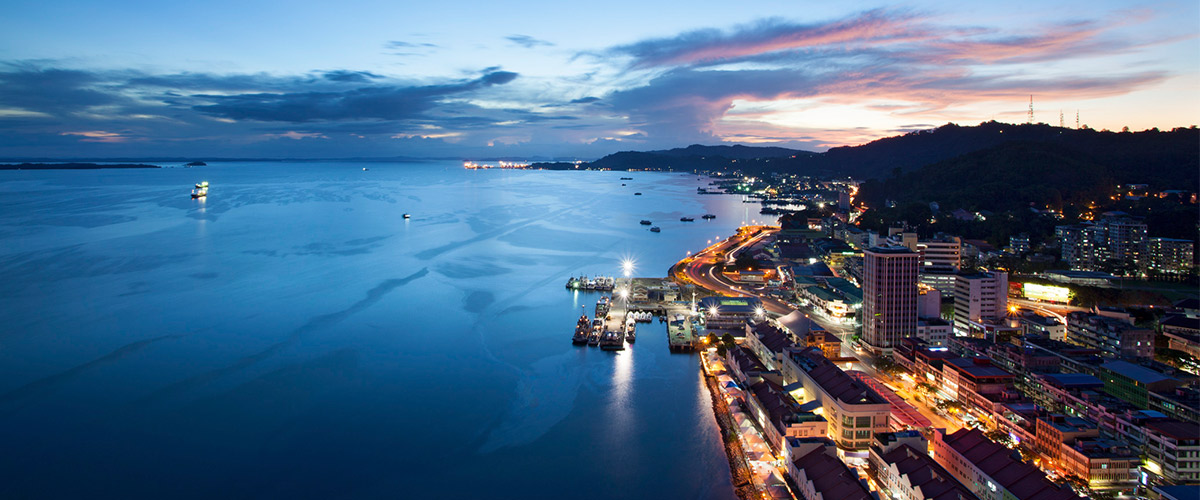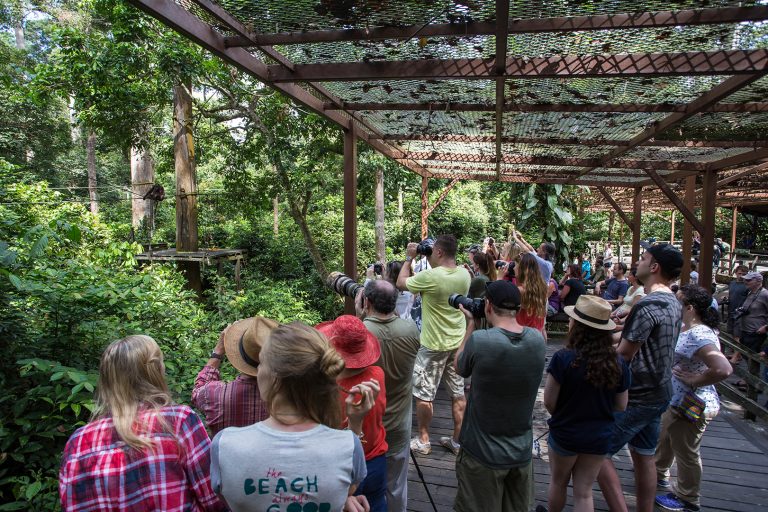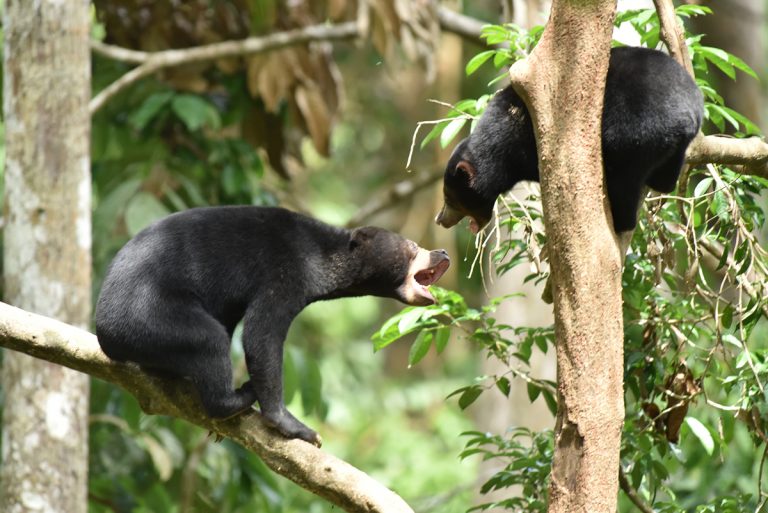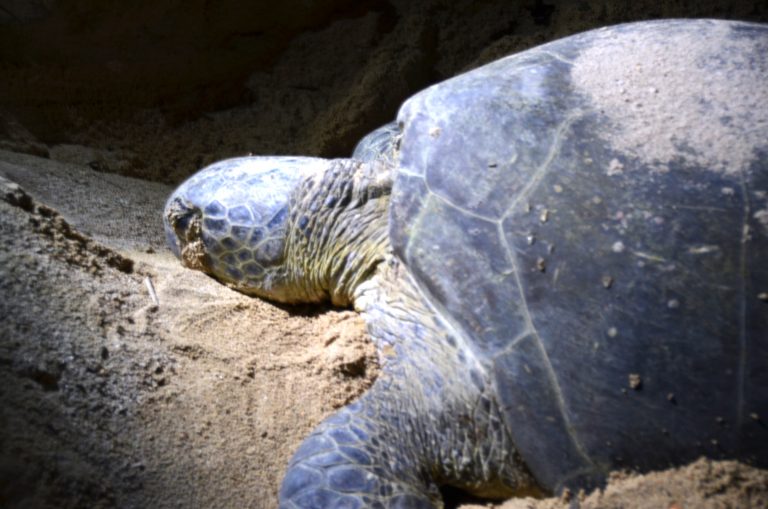 Situated on the north-eastern coast of Borneo lies a beautiful city called Sandakan. Formerly known as Elopura, the town was once a thriving place for trades of pearls, camphor, tobacco, bee’s wax, edible bird’s nest, sea cucumber and timber. During that time, Sandakan was said to have the greatest concentration of millionaires in the world. However, things took a turn for the worst when the Japanese occupied the area during WWII. As the war continued and the Allied bombing in 1944, Sandakan was destroyed.
Situated on the north-eastern coast of Borneo lies a beautiful city called Sandakan. Formerly known as Elopura, the town was once a thriving place for trades of pearls, camphor, tobacco, bee’s wax, edible bird’s nest, sea cucumber and timber. During that time, Sandakan was said to have the greatest concentration of millionaires in the world. However, things took a turn for the worst when the Japanese occupied the area during WWII. As the war continued and the Allied bombing in 1944, Sandakan was destroyed.
Sandakan today is the second largest city in Sabah after Kota Kinabalu. It is known as the gateway to various ecotourism destinations in Sabah such as the Sepilok Orangutan Rehabilitation Centre, Borneo Sun Bear Conservation Centre, Rainforest Discovery Centre, Labuk Bay Proboscis Monkey Sanctuary, Turtle Island Park and Kinabatangan River.
Within the city itself, you can visit famous attractions such as the Sandakan War Memorial Park, Sandakan Big Market, Phu Jih Shih Temple, St. Michael Cathedral, All Angels Cathedral, Buli Sim Sim and Agnes Keith House.
Besides being known for its natural and historical wonders, Sandakan is also a food paradise – especially for its fresh seafood. So don’t forget to bring an appetite!


 Located 40 kilometres north of Sandakan in the Sulu Sea, Turtle Island Park is a safe haven for the endangered green and hawksbill turtles and gives you the rare opportunity to watch turtle landings. Selingan Island, the largest of the islands, is popular with tourists and turtles alike. It consists of the park’s headquarters, a turtle hatchery, accommodation and basic facilities.
Located 40 kilometres north of Sandakan in the Sulu Sea, Turtle Island Park is a safe haven for the endangered green and hawksbill turtles and gives you the rare opportunity to watch turtle landings. Selingan Island, the largest of the islands, is popular with tourists and turtles alike. It consists of the park’s headquarters, a turtle hatchery, accommodation and basic facilities.
As turtle landings usually occur after dusk, an overnight stay would be the best plan to see the turtles as they come ashore to lay their eggs. Turtles lay their eggs throughout the year, but the best time to head there is between July and October when the sea is calmer. Observe the collection of eggs, tagging of mother turtles and releasing of baby turtles into the sea. During the day, visitors can resort to other activities such as scuba diving and snorkeling.
Other islands include Bakungan Kecil and Gulisan islands. Visitors are not allowed to stay overnight on the islands due to conservation efforts and research being carried out; however day visits are sometimes possible.
Located within the Kabili-Sepilok Forest Reserve and about 1.5 kilometres from SORC is the Rainforest Discovery Centre (RDC), one of Sabah’s most popular environmental education centre. The RDC gives you the opportunity to get intimate with Borneo’s diverse flora and fauna, as you stroll along the 147 metres long (28 metres above ground) canopy walkway.
The Plant Discovery Garden has about 250 species of native orchids in bloom. The orchid family is known to be the largest flowering plant throughout the world with about 25,000 wild species in total.
You can also go for night walks to catch a glimpse of the wildlife that have made the rainforest their home including tarsiers and wild cats. Paddleboats are available for adults and children to ride around the inviting lake near the centre’s entrance.
As of 2009, RDC has become the official venue for the annual Borneo Bird Festival, attracting the participation of birding enthusiasts from around the world.